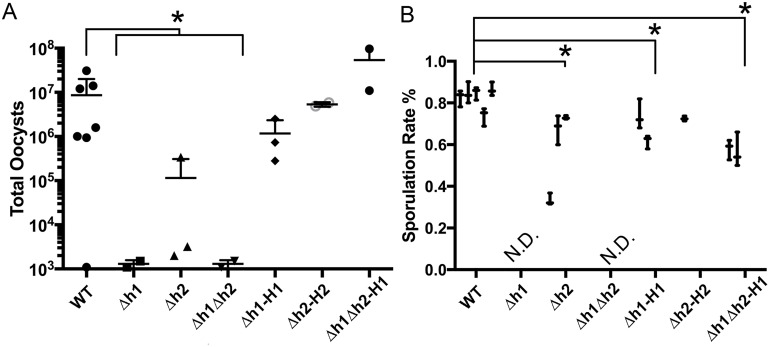Fig 4. Development of oocysts following infection of cats.
(A) Yields of oocysts shed from infected cats. The yield of knockout mutants as a whole were significantly reduced relative to the wild-type (Kruskal-Wallis, P ≤0.05), however due to low sample size, pairwise comparisons between each mutant and the WT approached, but did not reach significance (Δh1 P = 0.116, Δh2 P = 0.821, Δh1Δh2 P = 0.116). (B) The sporulation success rate of shed oocysts shows a significant defect in mutant lines (Dunn’s multiple comparisons test, for wild type vs. Δh2 P = 0.0008; and for the wild type vs. Δh1-H1 P = 0.0178 and Δh1Δh2-H1 P< 0.0001). The oocyst yields of Δh1 and Δh1Δh2 parasites were not sufficient to allow quantification (not done = N.D.). Each result is displayed as the Mean ±SD of three replicate counts of oocysts (n ≥ 50 per count) from one cat.

